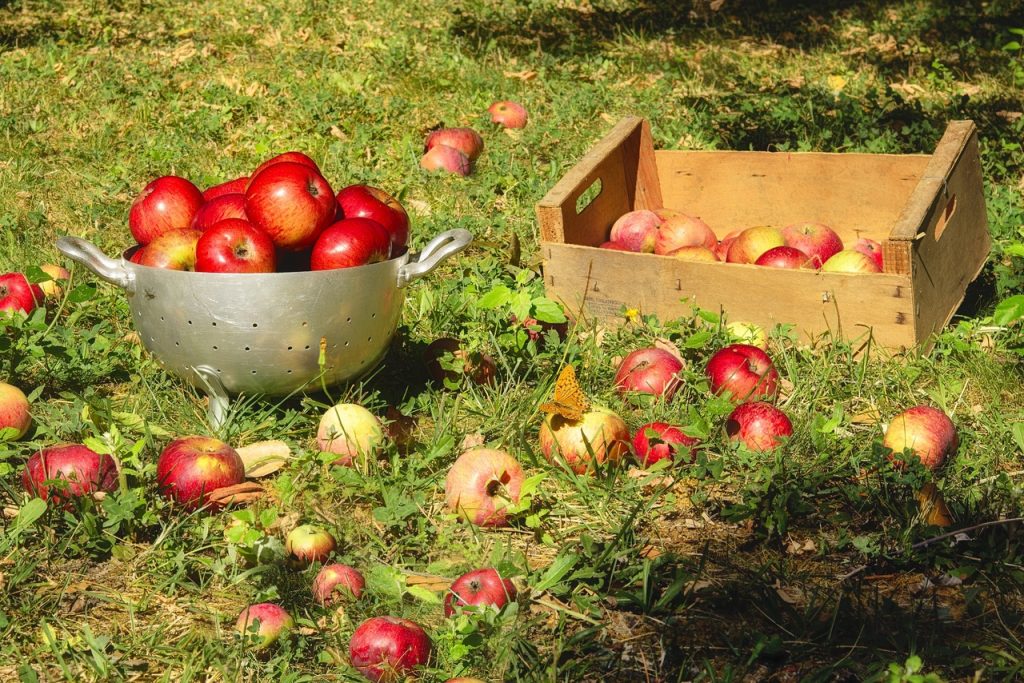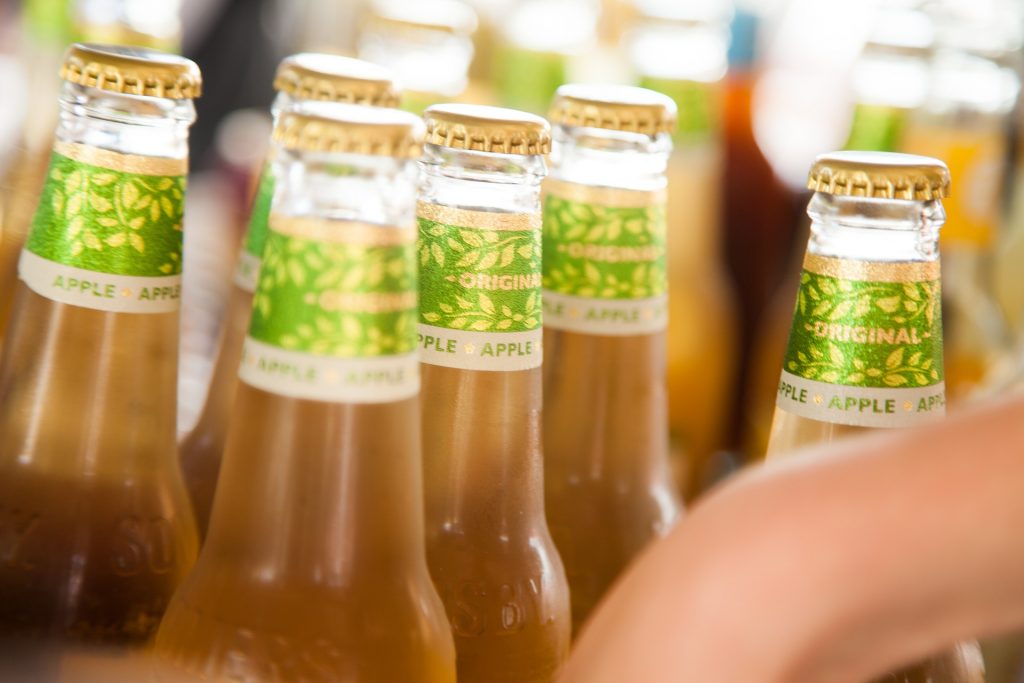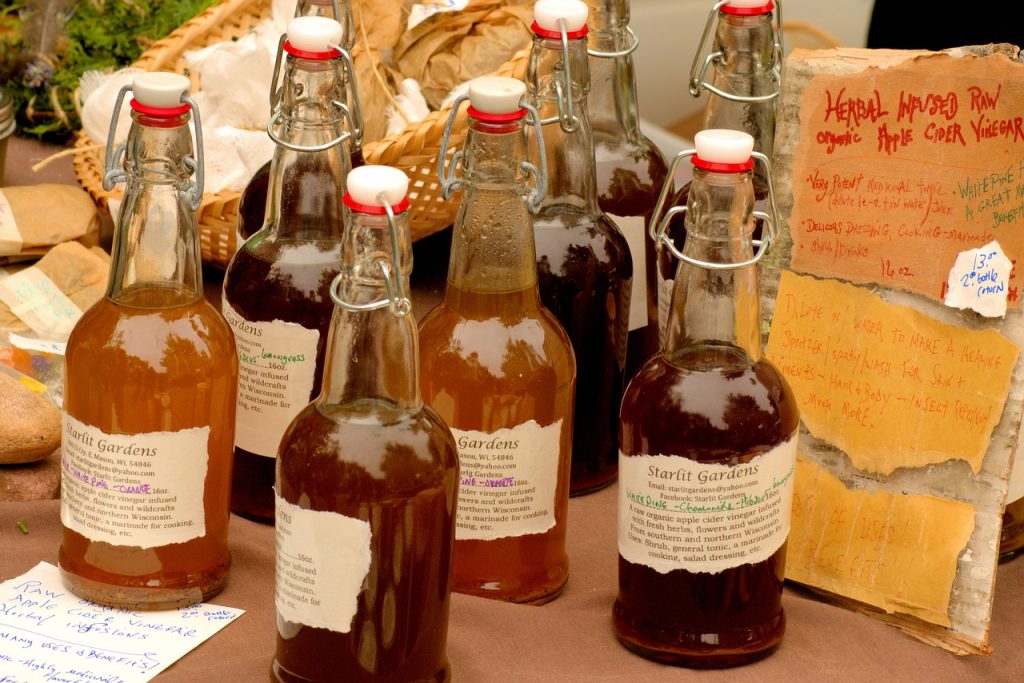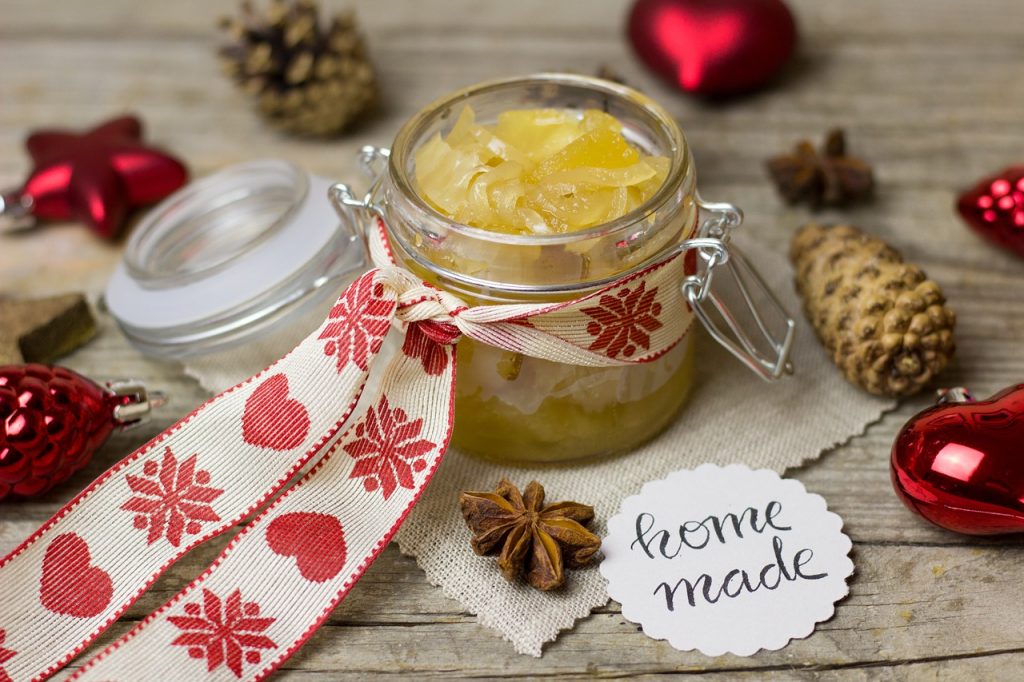Do you have apple trees in your garden, and are you constantly looking for things to do with the bounty following a glut? You’re not alone, so here’s our list of 10 things to do with your apples.

Apple trees are bloody amazing. Almost every year, they bless us with a bountiful crop of delicious fruit. It’s literally free food, growing on a tree.
The tragic thing is that we don’t make the most of our apples (or any other tree growing fruit for that matter). What’s crazy is that for eleven months of the year, most people with apple trees find themselves buying bland, powdery varieties from the supermarket (which have often spent nine months in cold storage or been shipped from half way around the world).
The problem is, our apples arrive in a glut. There are only so many apples one can eat in a week. Too many pies are best avoided.
Even those who have the time to produce mouth-watering jams and chutneys can only make and use so much. Freezer space is also at a premium for stewed apple portions.
Here’s our list of the best 10 things to do with apples
1. Store your apples
There is a lost art of storing apples, but it’s quite simple and it can keep you abundant with delicious nutritious fruit until the following summer. Remember though, it’s best to store ‘late’ apple varieties. Apples that are ripe in August and early September won’t last more than a few days – so enjoy eating or juicing those.
The later the apple, generally, the better they are at storing. Some apple varieties change over time and can improve in taste after a month or two if stored correctly.
Apples and pears are best stored on frost-free days and stored somewhere slightly humid dark and ventilated. Racks in old stone sheds works well.

Simply grab some old apple boxes and loosely wrap each apple in paper. If you are kind to your local greengrocer, they may even provide you with cardboard apple trays. Then, store somewhere cool and dark.
Ensure that no pests come into contact with the stored fruit. Mice and rats will have a field day. Sheds and garages are perfectly suitable, if you have the desire you can purchase fruit storing she loves but shallow cardboard boxes work perfectly well. Don’t stack the fruit on top of each other in the crates, a single layer without touching each other.
The old saying ‘one bad apple will ruin the batch’ is vital. Don’t put any apples with bruised or damaged skin into storage. It will rot and spoil the rest. Check your apples regularly for any signs of a bad one.
Pears are stored in exactly the same way but need checking more regularly they move from unripe to overripe quite quickly. When pears approach peak ripeness their skin will change colour slightly. When this colour change happens remove them from storage, leave them a couple of days and use.
If you store your apples properly, you’ll be able to fill lunch-boxes or make apple pies, cakes and puddings for months. Look out for our recipe page coming soon.
2. Freezing
As with pear and other fruits, cooked apple can be frozen for storage if you have the space.
Apples are best peeled, cored and gently simmered for a few minutes before cooling and freezing into portions. This can be used for apple pies, apple sauce, soup and even baby food for the next few months.
If you juice your apples (see below), you can also freeze the juice if you are unable to pasteurise it (and you have enough room in the freezer).
3. Juice

Get pressing your fruit for juice or cider.
Home pressed apple juice is unlike anything you will buy in the supermarket. It tastes amazing and is full of nutrients. In fact, it’s a completely different product as you can tell from the colour, texture and taste.
The first step is to crush or chop your apples (we use an industrial apple chopper). Then to press the crushed apple either using a hand, electric or hydro-press (we use the latter, which is the most efficient method).
The sublime juice you end up with needs to be refrigerated and consumed within three days, unless it is pasteurised and sealed in a bottle or jar. Pasteurisation involves heating the juice to a specific temperature for around 25 minutes (we’re happy to do this for you, or you can even do it in a pan on your stove).
Once the juice is pasteurised, it lasts for well over a year, so you can serve it in winter cocktails, as a refreshing summer drink, or as a regular treat for the kids. It also makes a brilliant gift for loved ones or guests.
It is entirely up to you if you use fruit for juice that has just been harvested or you may want to store for a couple of days for the flavours to change slightly. Personally we find over-ripe apples difficult to press, a bit too cloudy,and the juice over-sweet. The best juice comes from fresh, crisp apples.
4. Cider
Cider doesn’t need to be pasteurised. It can be thrown in a barrel and left to ferment (or given a bit of a helping hand with a small amount of yeast). Once fermenting nicely, you tighten the lid (which must have an airlock) and then just leave it for six months.
The joy comes from not knowing how your cider will taste until you crack it open for a big Summer party.

You can get more sophisticated with your cider, bottling it with a bit of sparkle, adding secondary flavours such as elderflower or blackcurrant, or you can even make Champagne Cider. We won’t go into that in detail here… perhaps in another post.
5. Ice Lollies
Imagine the most fantastic ice lollies devoid of all those horrible flavourings and additives. Making ice lollies with your children takes seconds. Adding fresh or frozen fruit into a lolly mould, whack in your apple juice and bobs your uncle.
It really is a brilliant alternative to shop bought lollies. Cheaper, healthier and dead easy. But best of all, the kids absolutely love them.
6. Anti-dandruff
I know this sounds like a strange item on our things to do with apples list, but if you suffer with a flaky scalp, apple juice can help.
The malic acid found in the juice acts as an exfoliator to remove the dead flakes. If you are taking a bath simply pre-mix some apple juice and warm water, rub it through your scalp, relax, and just before getting out the bath have a good rinse out. Of you can rinse the solution through your hair after your normal shampoo routine.
7. T-total cooking
If your favourite recipe calls for white wine or beer using apple juice instead. You’ll find the apple juice to sweet compared to the alcoholic norm (which is brilliant in some recipes). If you find it a little too sweet, just add a dash of cider vinegar which will do the trick and combat the sweetness.
That brings me onto my next point…
8. Cider vinegar
In case you’ve been hiding under a rock, cider vinegar ‘with mother’ is an age old super-food.

There are various health benefits and claims including being an antioxidant, helping with gut forna, lowering cholestorol, and even inhibiting cancer cells. Read 10 of these health claims here. Clearly we can’t verify any of these claims, but it has been used for centuries, and individuals swear by it.
Here’s how to make cider vinegar with mother.
9. Jams & chutneys
This list wouldn’t be complete without Jams and Chutneys. There are hundreds upon hundreds of recipes where you can add apples to make a fabulous jam or chutney.
Our favourites are actually just apples and honey, reduced down to make the most delicious jam to add to your breakfast routine (the honey comes from our orchard honey bees of course!).

10. Face pack
Yes. Apple face packs.
Two options are available here. Either grate an apple, smoosh together and lay back with it on your face or if you are juicing your apples first, gather the pulp into a muslin dab in warm water and apply to the face, it will lighten any dark areas.
You ideally need to leave this for 15 minutes, so maybe get a good podcast on and chill.
It sounds crazy, but the acids in the apple work like a skin peel, whilst unlike the chemical counterparts, the apple version contains lots of lovely nutrients. Just perhaps test on a small patch of skin first.
Send us your tips
If you have other great ideas for things to do with apples, please let us know in the comments box below.

Pingback: How to look after my apple trees: Monthly Orchard Planner | Apple Pressing Service
Pingback: How to make homemade cider – a foolproof method – Apple Pressing Service
Pingback: How to make Homemade Cider
Pingback: 7 Health Benefits of Apple Juice (the proper stuff!) | Apple Pressing Service